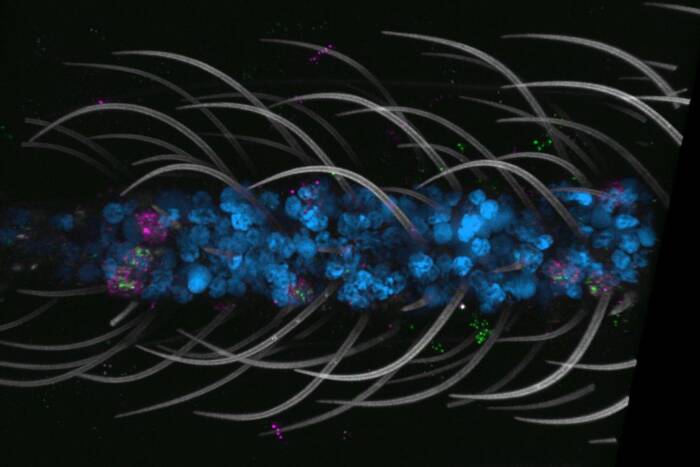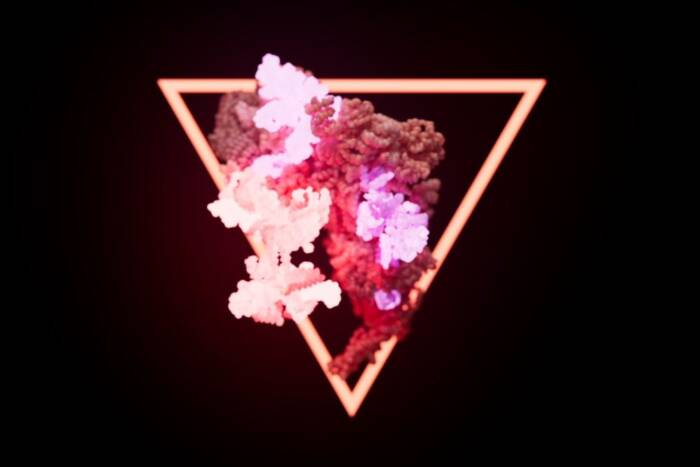Density does it: Fibrinogen concentration controls clot formation
When blood clots over a wound, the resulting scab is the product of an intricate molecular dance between cell fragments called platelets in the blood and the glycoprotein fibrinogen. Fibrinogen sticks to the wound’s surface, and when platelets float by the fibrinogen it turns on a receptor on their surface to enlist other platelets to help form a clot. Increased levels of fibrinogen, however, are a risk factor for heart disease and stroke, so health scientists are concerned with how the molecule works. Now, new research shows that it’s the density of fibrinogen on a wound or other surface that dictates whether additional platelets are recruited.
In a first-edition paper published online in Blood, Barry Coller, David Rockefeller Professor and physician in chief of The Rockefeller University Hospital, and research associate Marketa Jirouskova, examine whether platelets react differently when binding to high- and low- density, immobilized fibrinogen. Jirouskova and Coller, who’s head of the Allen and Frances Adler Laboratory of Blood and Vascular Biology, found that when fibrinogen was adsorbed on a surface in low density, the platelets adhered to it quickly and recruited other platelets to the site. When it was adsorbed on a surface in high density the platelets were nowhere near as active, passively sticking to the fibrinogen in a single layer without engaging additional platelets.
The researchers believe that the difference in the platelets’ reactions lies in the interaction between the receptor on their surfaces — dubbed αIIbβ3 — and fibrinogen. ”This interaction, between the same ligand and the same receptor, depending on the concentration of the ligand on the surface, can lead to two completely different signals,” Jirouskova says. She believes that depending on its concentration, fibrinogen may change its conformation and, by doing so, change the entire signaling pathway that ensues.
Because the dance between stationary fibrinogen and platelets occurs on non-wound surfaces, too, it can pose a problem by causing clots to form on stents and other implants. (Free-floating fibrinogen can’t activate platelets, thereby ensuring it only initiates clotting when immobilized.) Consequently, Coller and Jirouskova’s research may help bioengineers create materials that are better compatible with the human body. ”I think people could look at whether it’s possible to immobilize fibrinogen at the right conformation to make a passive surface,” Jirouskova says. She notes that it might be possible to do it in such a way, in such a high concentration, that it could attract a single, protective layer of platelets, effectively preventing a clot. ”It would be passivation of a surface by your own platelets, the most compatible biomaterial you can think of.”
Blood online: March 1, 2007(opens in new window)


